Building a Better Future for Adolescents in Indonesia
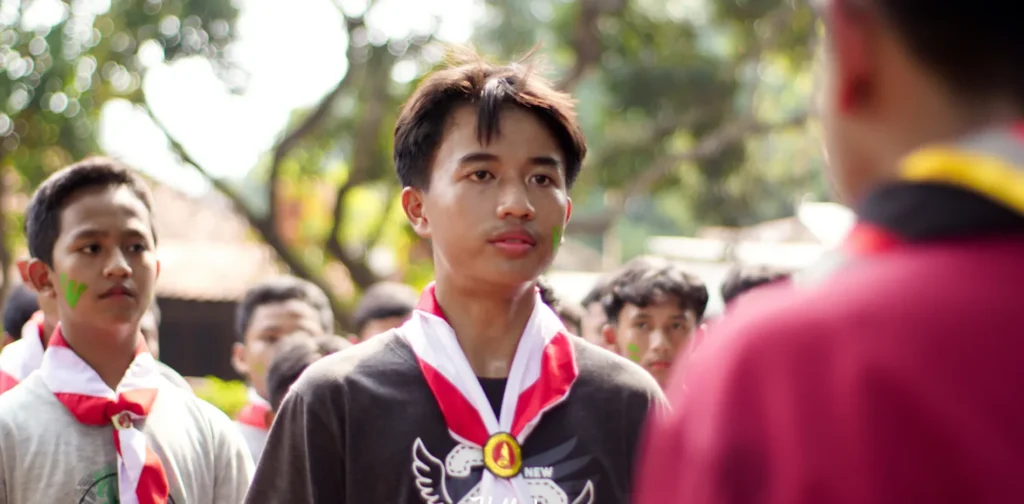
Photo by Mochammad Hafidz on Unsplash.
The future lies in the hands of today’s youth. However, increasingly difficult global conditions compounded with various crises have dimmed the future for adolescents and children, including in Indonesia. Climate change, environmental degradation, depletion of natural resources, and limited job opportunities are some of the main challenges. In the upcoming years, they might even worsen. Therefore, adolescents in Indonesia need stronger support to reach their full potential and achieve prosperity in life.
In light of this, UNICEF has launched the 2024-2030 Adolescent Strategy as a roadmap to empower adolescents and enable them to make decisions for a better future.
Challenges of Adolescents in Indonesia
The UN defines adolescents as individuals aged 10 to 19. Meanwhile, in Indonesia, adolescents are generally considered to be those aged 10 up to under 18, although some perspectives define them as young people aged 15 to 24. Regardless of the definition, adolescents in Indonesia face various challenges that hinder them from reaching their full potential.
One of the main challenges is the uneven distribution of education across regions, particularly in terms of quality education. Despite some progress, data reveals significant disparities in education between urban and rural areas.
Another major challenge concerns adolescent health, especially mental health. Lack of family support, difficult socio-economic conditions, academic pressure in schools, and the prevalence of bullying among adolescents contribute to mental health issues. These mental health struggles often affect their physical wellbeing as well.
The rise of information technology and social media further exacerbates these challenges, as bullying and violence are also prevalent in digital spaces. Ironically, in many communities, adolescent mental health issues are still considered taboo, and the stigma surrounding mental health remains strong. As a result, adolescents often face difficulties in accessing mental health support and services.
Moreover, drug abuse and violence remain a widespread issue among adolescents in Indonesia. The Indonesian National Narcotics Agency reported that drug abuse among adolescents reached 2.2 million in 2023. Meanwhile, a survey by the Indonesian Ministry of Women’s Empowerment and Child Protection revealed that 4 out of 10 girls and 3 out of 10 boys aged 13-17 have experienced some form of violence in their lives.
Adolescent Strategy 2024-2030
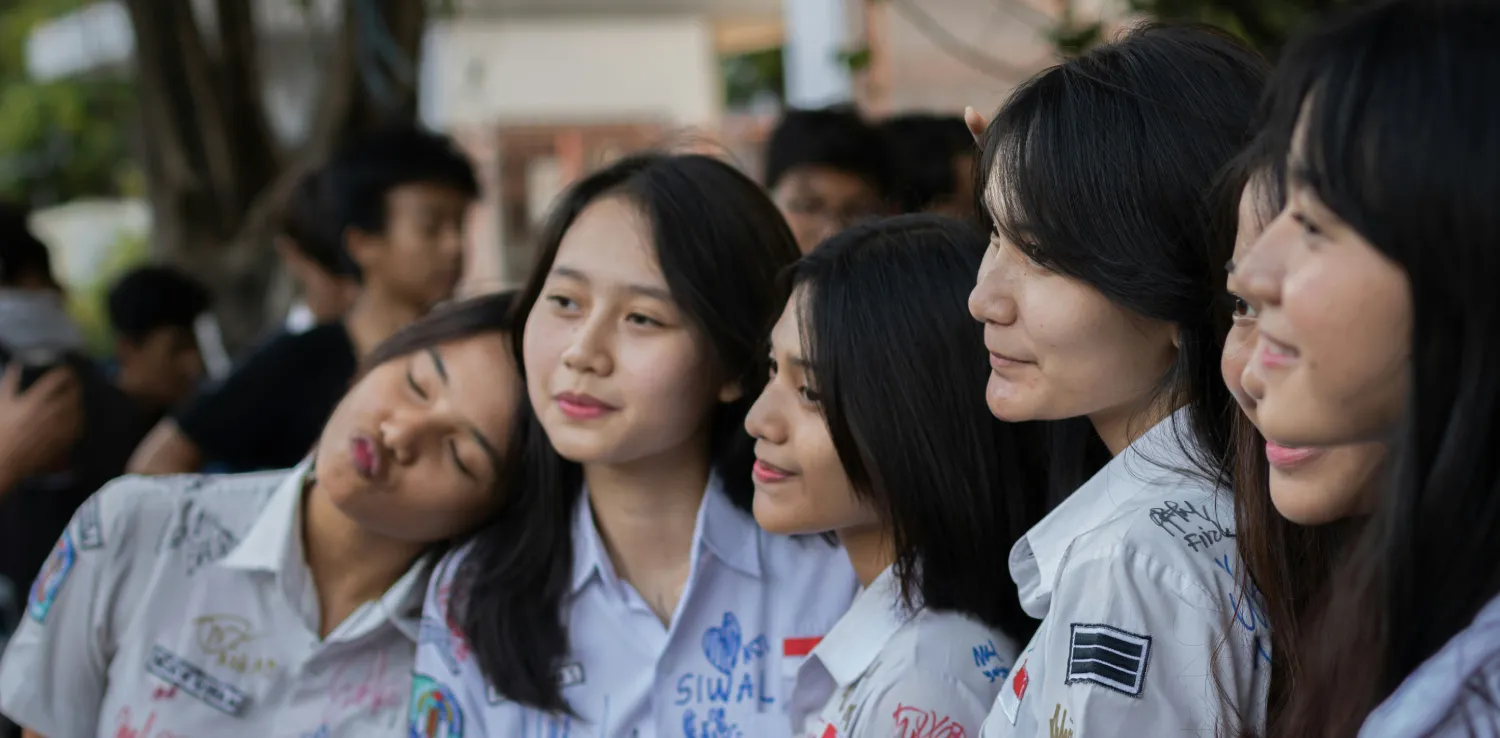
The Adolescent Strategy 2024-2030 by UNICEF Indonesia aims to enhance adolescent participation across various sectors and in all decision-making stages, with a special emphasis on the inclusion of adolescent girls and vulnerable groups. This strategy highlights the need to strengthen existing government programs, policies, and initiatives, focusing on deeper, more inclusive, and sustainable adolescent engagement. It is centered around four main pillars, outlining priority issues and recommendations for each, which are:
- Adolescent Wellbeing
- Building adolescents’ capacity in mental and physical health, as well as healthy lifestyles and eating habits, to prevent risky or unhealthy behaviors.
- Strengthening parents’ capacity regarding adolescent wellbeing and healthy lifestyles.
- Enhancing the capacity of peer educators and providing interactive digital platforms.
- Promoting education on reproductive health and menstrual hygiene management for adolescents in schools, out-of-school settings, and community environments.
- Preventing Harm
- Develop adolescents’ ability to protect themselves by empowering them through digital safety programs and providing age-appropriate information on violence, bullying, exploitation, and child marriage.
- Use technology and innovation to engage adolescents in violence prevention efforts, ensuring they can access information, seek support, and report abuse anonymously.
- Enhance parents’ understanding of adolescent development and equip them with skills to apply positive, protective parenting practices by strengthening adolescent-focused components in existing caregiver education programs, such as family development sessions in the Family Hope Program.
- Learning and Skill Development
- Strengthen adolescents’ 21st-century skills, such as critical thinking, problem-solving, communication, and other relevant abilities, including digital skills, green skills, and entrepreneurship, to prepare them for decent employment opportunities.
- Provide alternative learning pathways to reduce the number of NEET (Not in Education, Employment, or Training) adolescents and other vulnerable groups by equipping them with 21st-century skills. This includes integrating STEM (Science, Technology, Engineering, and Mathematics) fields, particularly for adolescent girls.
- Incorporate universal design principles into the delivery approaches of skill development programs and learning materials.
- Climate Action
- Integrate comprehensive climate education into school curriculums.
- Encourage adolescents to participate in climate and environmental initiatives through youth groups, such as Scouts and student organizations.
Better Future for Adolescents Through Meaningful Participation
All in all, involving adolescents meaningfully in every decision-making process and amplifying their voices is critical to ensure a better future for them. Unfortunately, this remains a significant challenge in many of the efforts made or needed in Indonesia. To address this issue, the strategy includes meaningful adolescent participation as its fifth pillar, with the following recommendations:
- Increase awareness among adolescents and adults about adolescents’ rights, including their right to take part in decision-making processes, and equip them with the skills to engage meaningfully.
- Focus on skill development initiatives to ensure inclusivity in the Children’s Forum, representing a diverse range of adolescents and building members’ capacities to address multi-sectoral adolescent issues.
- Create formal mentorship programs where experienced members of the Children’s Forum serve as mentors for new participants, particularly those from vulnerable backgrounds.
Translator: Dinda Rahmania
Editor: Kresentia Madina & Nazalea Kusuma
The original version of this article is published in Indonesian at Green Network Asia – Indonesia.

Join Green Network Asia Membership
Amidst today’s increasingly complex global challenges, equipping yourself, team, and communities with interdisciplinary and cross-sectoral insights on sustainability-related issues and sustainable development is no longer optional — it is a strategic necessity to stay ahead and stay relevant.
Join Now

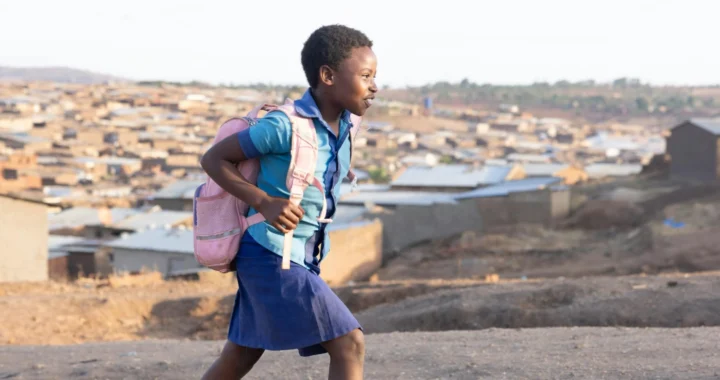 Understanding the Impacts of Rising Temperatures on Early Childhood Development
Understanding the Impacts of Rising Temperatures on Early Childhood Development 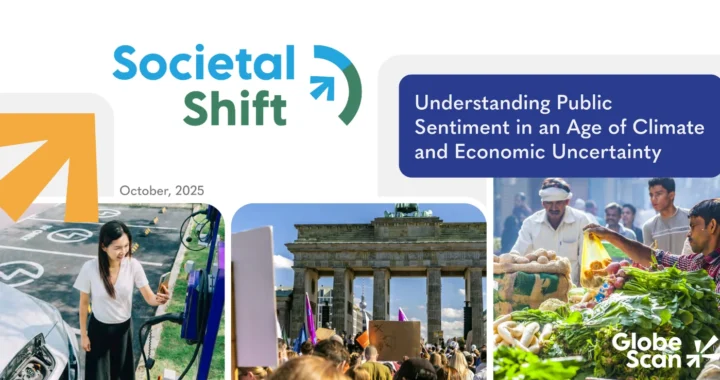 Closing the Sacrifice Gap: Mainstreaming Climate Behavior for Meaningful Change
Closing the Sacrifice Gap: Mainstreaming Climate Behavior for Meaningful Change 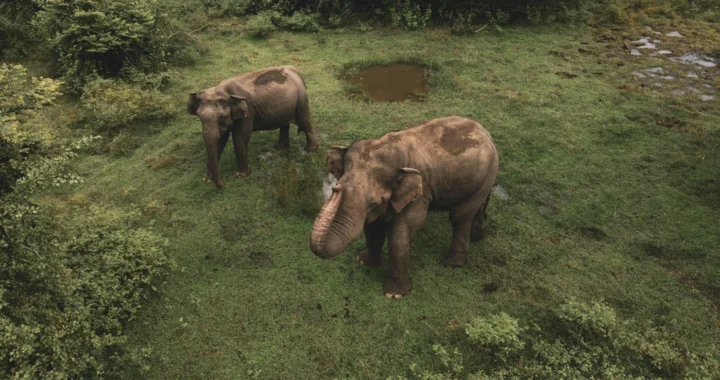 Addressing the Elephant in the Forest: The Necessity of Disaster Recovery Plans for Wildlife
Addressing the Elephant in the Forest: The Necessity of Disaster Recovery Plans for Wildlife  Weaving the Thread Between the Last Elephant and the Floods in Sumatra
Weaving the Thread Between the Last Elephant and the Floods in Sumatra  Bringing Buried Rivers Back to Life Through Daylighting
Bringing Buried Rivers Back to Life Through Daylighting  Prescribing Beyond Profit for CEOs’ Anxiety
Prescribing Beyond Profit for CEOs’ Anxiety